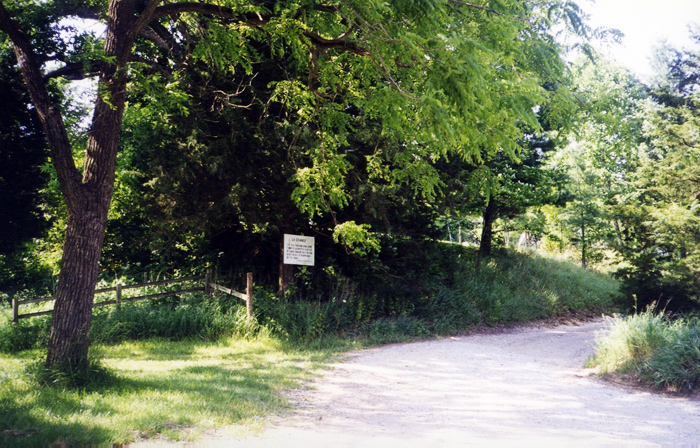|
At one time LaGrange was
a bustling river town that held promise of rivaling all
of the others including Lafayette.
During the 1830's, keel boats and piroques would
invariably stop there on their way up and down the
Wabash. Local proprietors did a lively business,
exchanging goods like bacon, salt, flour, and medicines
for beeswax, feathers, fur-skins and whiskey. Its
prosperity was short-lived, but in its day, it kept pace
with the other river towns in the area.
LaGrange was laid out in 1827 by Isaac Shelby, a
pioneer settler and relative of Gov. Shelby of
Kentucky. He named the town after the ancestral
home of General de Lafayette. It was located about
11 miles southwest of Lafayette on the high, flat ground
above the river.
Unfortunately for LaGrange, it was on the west
bank of the Wabash. All the canal and railroad
activity were to occur on the east bank.
It was also at the far edge of Tippecanoe
County. The county line between Tippecanoe and
Warren counties ran through the southwest corner of the
town. The town plat showed 91 lots, but at most
there were probably only 40 property owners. The
town did have several stores as well as a hotel, a
cooper shop, a tan yard, and a blacksmith.
A polemic society, a group of debaters that
argued controversial topics in government and religion,
was active in LaGrange. At one time there was a
strong possibility of a lyceum and academy being
established there.
The town was considered
important enough to commission Isaac Shelby to survey
and establish a road from LaGrange ot Logansport along
the Warren County line.
When the Wabash and Erie Canal came to Lafayette
in 1843, LaGrange found itself on the wrong side of the
river, unable to enjoy the economic benefits that the
canal era brought. Soon commerce diminished and
local merchants sought better locations for trade.
The final blow came in 1854 when the railroad too
bypassed LaGrange, spelling the end of this once busy
river town.
Source: The above is an article which ran in
the Lafayette Journal and Courier, date unknown,
and was written by Marilyn Dammon.
|

